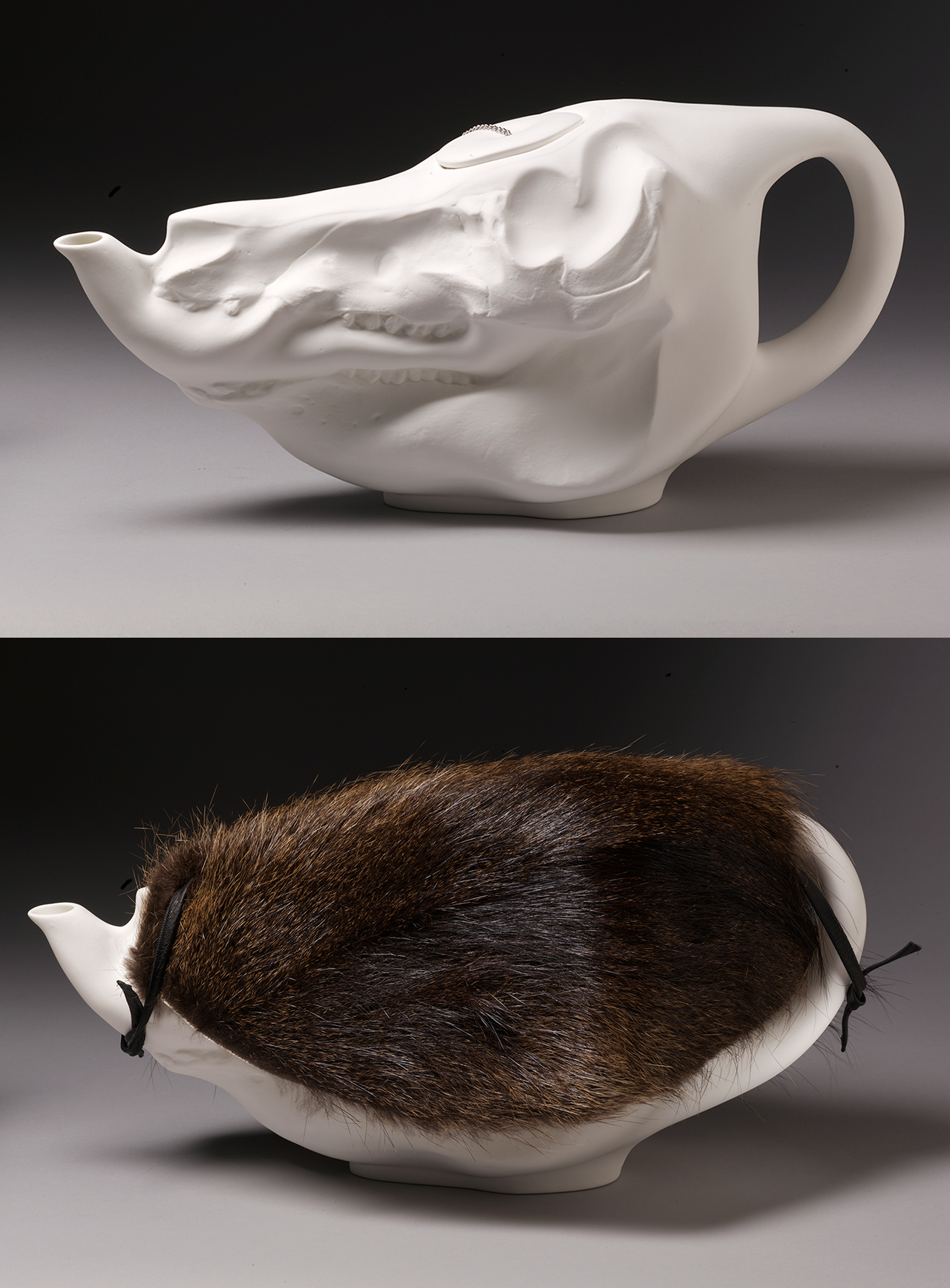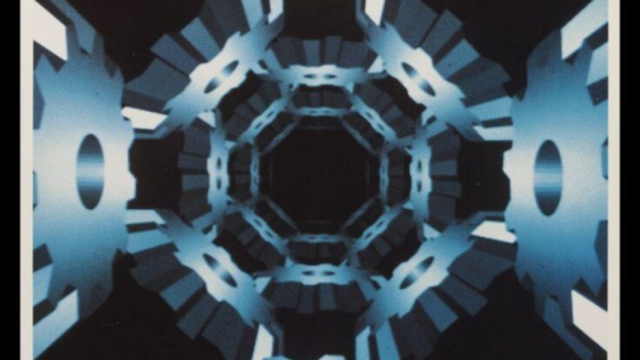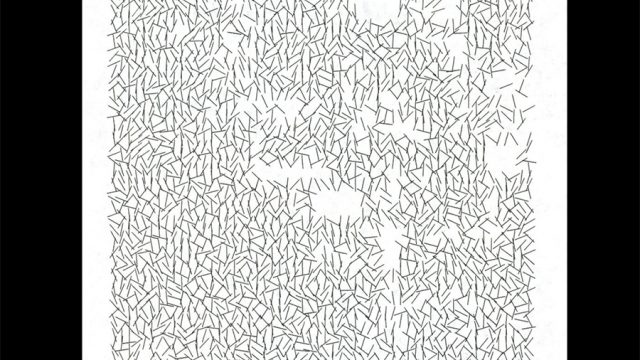Happy Halloween! From a lucky badger’s paw to a stitched confession of misery and despair, via a pig skull teapot with a rat fur cosy, take a cautious creep through 13 horrific objects from our collections.
UNLUCKY

Amulets were thought to hold supernatural powers and protect the wearer against ill health, bad vibes, or the ‘evil eye’ – a curse transmitted through a malicious glare. Certain colours, patterns or materials were considered especially lucky, and badger paws were a top choice to ward off evil throughout southern Europe (not so lucky for the badger!), especially in Spain, where badgers aren’t very common.
DEATH

Tarot or tarocco cards are likely to have originated in northern Italy in the late 14th or early 15th century, making this hand-painted ‘Death’ card in our collection an early example. It belonged to a pack probably made for Isabella d’Este (1474 – 1539), Marchioness of Mantua, a leading figure in the Italian Renaissance, patron of the arts and fashion leader of her day. The skeleton wears a cardinal’s hat and the words “son fine”, (I am death), float from his mouth, just in case you didn’t recognise him…
BLOOD

Kalighat painting is a unique genre of Indian painting from 19th-century Kolkata (formerly Calcutta). Cheaply produced for the mass market, the paintings are characterised by bright colours and bold outlines, depicting gods and characters from Hindu mythology. They clearly didn’t shy away from a bit of blood-lust either – this grisly scene from the epic poem Mahabharata shows Bhima tearing open the chest of his rival Duhshashana in order to drink his warm blood.
MONSTER

Not your average museum mannequin, this wooden dummy of Frankenstein’s monster exactly matches the costume worn by Boris Karloff in the 1935 horror-sequel Bride of Frankenstein, and was likely used as a prop in the film. Karloff is remembered for a series of iconic ‘monster’ roles in the 1930s, most famously the hideous but sympathetic creation of Dr Frankenstein in the Universal Pictures smash-hit film which re-ignited the horror genre and spawned numerous spin-offs.
SKULL

Modelled on a pig’s skull, complete with a tea cosy made of water rat fur, Wieki Somers’ porcelain teapot intentionally undermines the genteel act of taking tea. Somers designed it for a project called Deliciously Decadent, defining decadence as “where the tasty and the unsavoury, the harmful and the delightful are no longer discernible from one another”.
CREEPY

A creepy clown, in puppet form – the stuff of nightmares! Especially as this one is suspected to contain human hair… Marionette or string puppets were extremely popular in the 19th century, inspired by the Italian ‘fantoccini’ puppet craze. You’ll find a goosebump-inducing selection in our puppet collection, including several grinning pancake-faced clowns.
MISERY

This sampler stitched by one Elizabeth Parker reveals much more than her embroidery skills. While samplers were usually routine practice exercises, Elizabeth’s is desperate and despairing – a confessional note painstakingly produced in tiny red cross-stitches. It reveals the misery of her life as a nursery maid, “I am one of the most miserable objects that ever the Lord let live” and her suffering at the hands of her employers, “they treated me with cruelty too horrible to mention … for trying to avoid the wicked design of my master I was thrown down stairs”. Frequently she references killing herself, “the only object I have now in view is that of approaching death… I feel assured that sooner or later I must die”. Thankfully Elizabeth’s situation improved. She became a schoolteacher and died on 10 April 1889 at the grand age of 76.
FEAR

This is literally what naked fear looks like.
AAARGH!

This miniature wax sculpture depicts the possible fate of the soul at the moment of judgement. Intentionally terrifying, sculptures like this were made as ‘memento mori’ – a potent reminder of the fate of damnation in Catholic doctrine. Wax modelling required intricate workmanship on a tiny scale. Here the realistic effect is enhanced through the use of colour and texture to mimic human flesh. Nice!
FREAKY

Max Ernst’s graphic novel, Une Semaine de Bonté, ou Les Sept Elements Capitaux (A Week of Kindness, or the Seven Capital Elements), was made by meticulously collaging Victorian prints and engravings which he discovered in encyclopedia, illustrated novels and 19th century sales catalogues. The resulting images are strange and complex, melding surreal images of torture, fairy tales, violence and sexuality. They are thought to be partly a response to the horrors of war and the rise of National Socialism in Ernst’s native Germany at the time.
“SAY CHEESE!”

Spot the difference! This deadly ‘double portrait’ contains, on one side, a picture of an elderly woman alive, and on the other, the same woman, deceased. Invented in 1839, daguerreotype photography was used to make intimate keepsakes of loved ones – dead or alive. While Post-mortem daguerreotypes are common, it’s unusual to find both portraits paired together. Here the woman’s death pose, with arms crossed, mimics her living pose, creating a morbid ‘memento mori’.
TERROR

Part Phantom of the Opera, part Zombie Flesh Eaters, this truly hideous papier mâché mask is described in our catalogue as “a disturbing head with rotting flesh and exposed bone”. Surprisingly, it’s the work of leading British theatre designer Oliver Messel (1904 – 1978) who was known for his lavish, painterly designs informed by period styles.
TRICK OR TREAT?

Puppets, as we’ve seen, can be pretty scary at the best of times. This haggard incarnation of Mother Shipton, a famous Yorkshire witch and prophetess, is the ugliest we’ve found. Mother Shipton was the subject of British folklore stories from the mid-17th century and even gets a mention in Samuel Pepys’ diary. She appeared in puppet form as early as 1712 and by the 19th century, she was mainly cast as a pipe-smoking fortune teller – this ‘trick’ puppet has holes to conceal smoke tubing in the neck. The real Mother Shipton was associated with strange happenings from an early age and supposedly foretold the Civil War, the Fire of London and her own death in 1561. Spooky!
Compiled by the Digital Content Team: Howl-y Hyams, Grief Impale, Hannah Killwell and Jo-hang-her Bones.



lovely ad spooky ! I wish i can visit the museum again, greetings from Colombia!